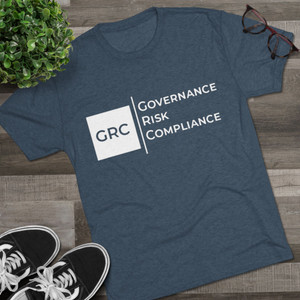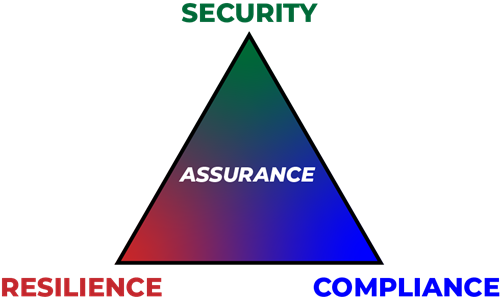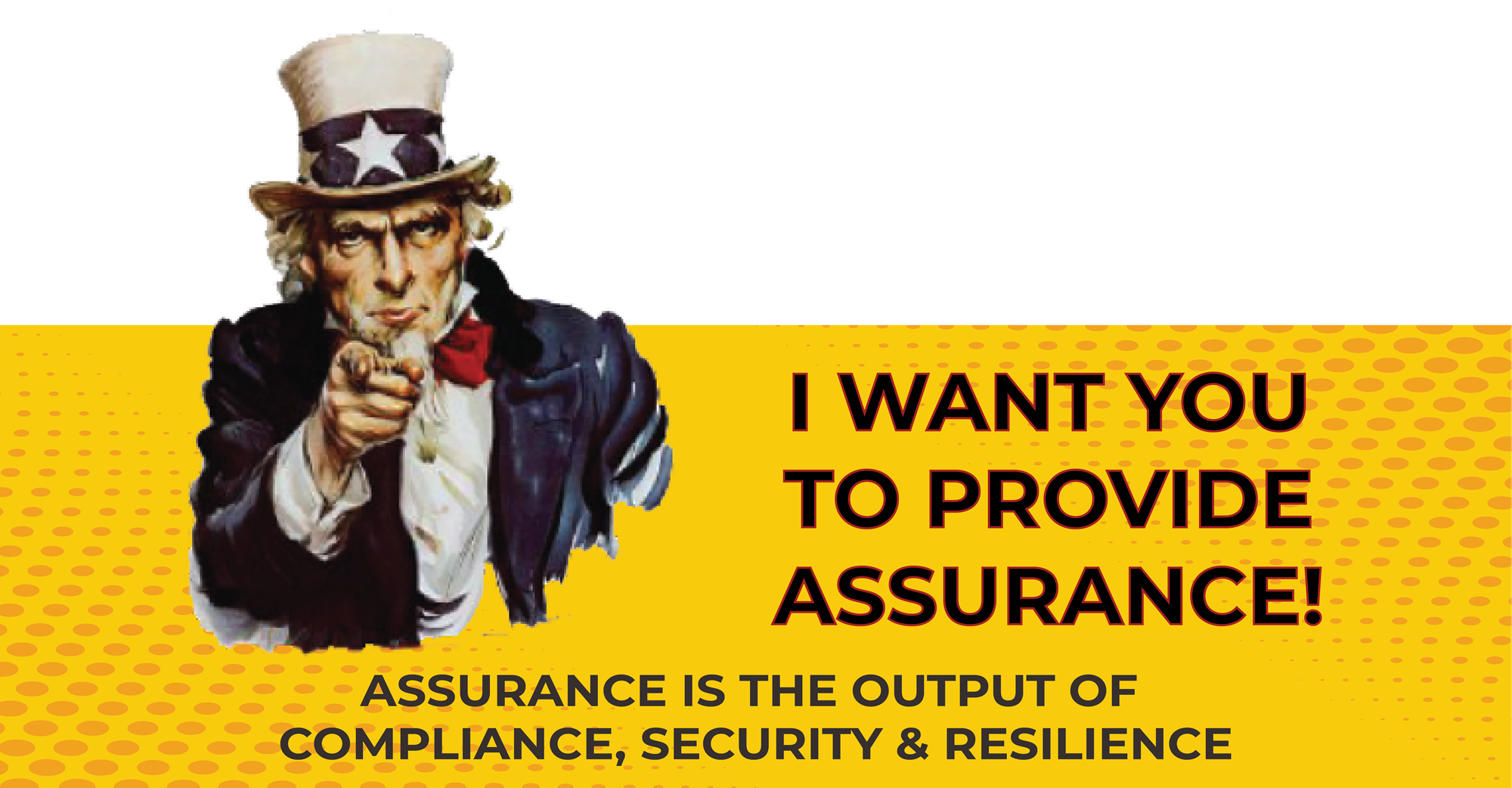Posted by Guest Contributor - David Driggers on Oct 20th 2025

GRC CENTER OF AWESOMENESS (GRC COA)

The GRC Center of Awesomeness (GRC COA) exists as a place to promote professional ideas within the specialization of Governance, Risk & Compliance (GRC) that is a critical component of the cybersecurity profession. Contributors to the GRC COA strive to provide authoritative sources for the positions taken, as to avoid pure opinion.
You cannot be awesome without assurance, maybe mediocre at best. Assurance is something you can prove and it is the output of security, compliance and resilience practices. There are several levels of assurance:
The more robust the rigor of an assessment, the more reasonable it is to demonstrate higher assurance. Low rigor is low assurance at best, unless scoping or evidence has been gamed and then it is No Assurance. Therefore, the concept of obtaining a "SOC 2 audit in 2 weeks for $5,000 " that is presented as something to be trusted is simply marketing dishonesty and is intellectually reprehensible. In their race to the bottom, the audit/certification mills promoting this nonsense do not sell trust or security. In reality, they just tarnish the concept of third-party audits/assessments and should be ashamed of passing off a minimally-scoped and low rigor assessment as a genuine assurance process that is worthy of trust.
If that sounds harsh, let's look at an authoritative source for guidance on the meaning of these key terms. The NIST Glossary is a great place to start:
The idea of trust as being something that can be relied upon is crucial. Stakeholders being presented with a SOC 2 audit report that is the result of gaming the scope of applicable controls or the evidence relied upon to demonstrate conformity with those controls is not trust. That SOC 2 audit report provides essentially no value and is the antithesis of trust since it does not accurately belay the actual security practices that exist within the organization. At best, it is security theater and at worst it is fraud.
We want GRC processes to be awesome and that means organizations need to implement security, compliance and resilience practices that can provide assurance to both internal and external stakeholders. That is how you build trust. Weakly scoped certifications that mean nothing are just a parasite feeding on the cybersecurity industry.

The GRC COA offers educational resources for cybersecurity and data protection practitioners. These cover a broad range of topics that go beyond just governance, risk, compliance and common requirements to cover trending topics of interest withing the GRC community, as well as helpful resources to point people in the right direction. We also highlight organizations that excel in within the GRC community.
